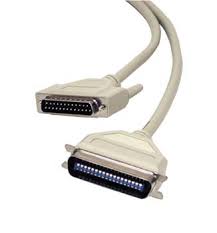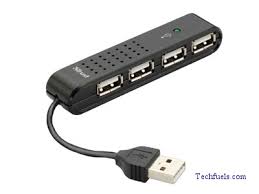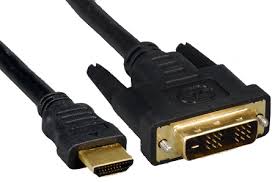RAM


RAM is known as Random-access memory is a chip that holds the program with a sequence of instruction and data that the computer is presently processing. It is a temporary or volatile storage because everything in most types of RAM. RAM is the most common type of memory found in computers and other devices, such as printers.
Cache Memory


Cache memory is which improve processing by acting as a temporary high-speed holding area between the chip and the computer. As the microprocessor processes data, it looks first in the cache memory and if it finds the data there (from a previous reading of data), it does not have to do the more time-consuming reading of data from larger memory. Cache memory is sometimes described in levels of closeness and accessibility to the microprocessor.
ROM


Read-only memory (ROM) is a class of storage medium used in computers and other electronic devices. Data stored in ROM cannot be modified, or can be modified only slowly or with difficulty, so it is mainly used to distribute firmware (software that is very closely tied to specific hardware and unlikely to need frequent updates).
Flash Memory


Flash memory is a type of memory that does not lose its contents when power is removed. It is used to store information about a computer’s configuration. There are 3 types of unit that a flash drive have. There are Megabyte (MB) which has a capacity of 1 million byte, Gigabyte (GB) which has a capacity of 1 billion byte, and Terabyte (TB) which has a capacity of 1 trillion bytes.
Graphic Card


Graphics card is an expansion card whose function is to generate output images to a display. Most video cards offer added functions, such as accelerated rendering of 3D scenes and 2D graphics, video capture, TV-tuner adapter, MPEG-2/MPEG-4 decoding, FireWire, light pen, TV output, or the ability to connect multiple monitors (multi-monitor). It is connect the system board to the computer’s monitor. The card converts the internal electronic signals to video signals so they can be displayed on the monitor.
Sound Card


A sound card (also known as an audio card) is an internal computer expansion card that facilitates the input and output of audio signals to and from a computer under control of computer programs. Sound card is also applied to external audio interfaces that use software to generate sound, as opposed to using hardware inside the PC. It convert internal electronic signal to audio signals so they can be heard from external speakers.
Network Interface Card


Network interface controller is a computer hardware component that connects a computer to a computer network. This form of communication network whereby users can share data, programs, and hardware. The network controller implements the electronic circuitry required to communicate using a specific physical layer and data link layer standard such as Ethernet, Wi-Fi, or Token Ring. This provides a base for a full network protocol stack, allowing communication among small groups of computers on the same LAN and large-scale network communications through routable protocols, such as IP.
Plug and Play

Plug and Play is the ability for a computer to recognize and configure a device without human interaction. Plug and play refers to both the boot-time assignment of device resources, and to hotplug systems such as USB and Firewire. It has become a generic term that is associated with the ability to plug any device into a computer and have it play or work immediately.
Serial Port

Serial Port is used for a wide variety of purposes. They are often used to connect a mouse, keyboard, modem, and many other devices to the system unit. It send data one bit at a time and are very good for sending information over a long distance.
Parallel Port

Parallel Port is used to connect external devices that need to send or receive a lot of data over a short distance. These ports typically send eight bits of data simultaneously across eight parallel wires. Parallel ports are mostly used to connect printers to the system unit.
Universal Serial Bus Port

Short for USB, a specification to establish communication between devices and a host controller (usually a personal computer), which supports data transfer rates of 12 Mbps. It have virtually replaced serial and parallel ports. They are faster, and one USB can be used to connect several devices to the system unit.
Firewire Port

Firewire ports are forms of a serial port that make use of FireWire technology to transfer data rapidly from one electronic device to another. As a multi-platform serial bus, the FireWire port has the ability to interact with a number of different devices. It have comparable speed to USB 2.0 ports and provide connections to specialized FireWire devices such as camcorders ans storage devices.
Ethernet Port
Ethernet port is an opening on computer network equipment that Ethernet cables plug into. These ports are alternatively called jacks or sockets. It accepts cables within RJ-45 connectors. It is a high-speed networking port that has become a standard for many of today’s computers. Ethernet allow users to connect to multiple computers for sharing files, or to a DSL or cable modem for high-speed Internet access.
High Definition Multimedia Interface

High-Definition Multimedia Interface which is short for HDMI is a compact audio/video interface for transmitting uncompressed digital data. This port provides high-definition video and audio, making it possible to use a computer as a video junkbox or an HD video recorder. It is independent of the various HDTV standards such as ATSC, DVB (-T,-S,-C), as these are encapsulations of the MPEG data streams, which are passed off to a decoder, and output as uncompressed high-resolution video data. This video data is then encoded into TMDS for transmission digitally over HDMI. HDMI also includes support for 8-channel uncompressed digital audio.



